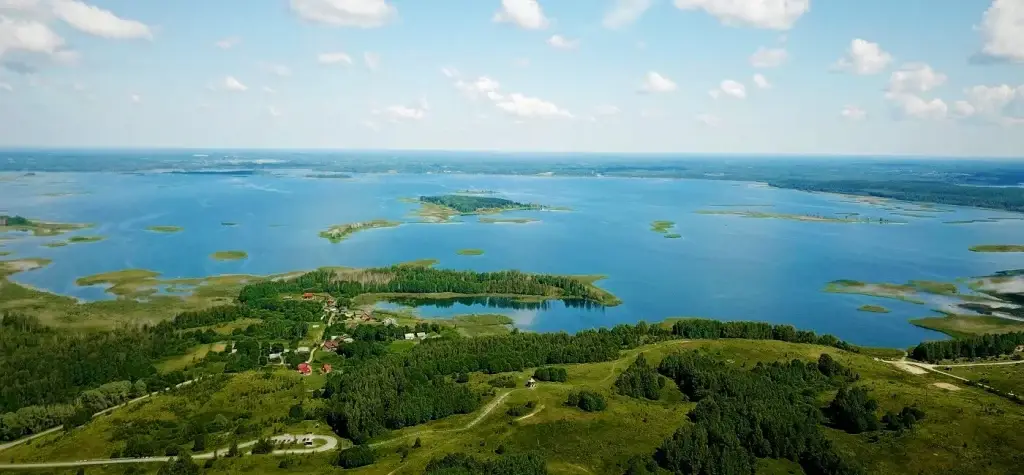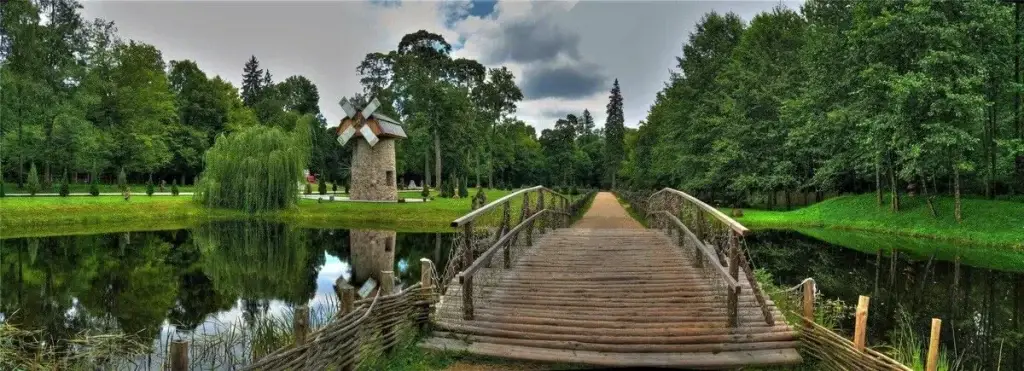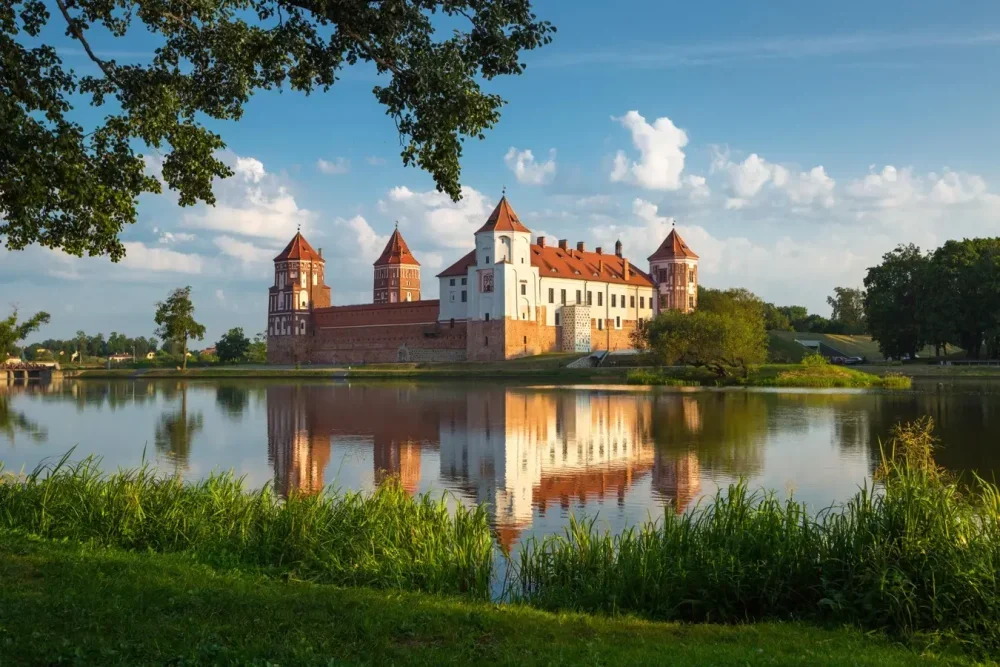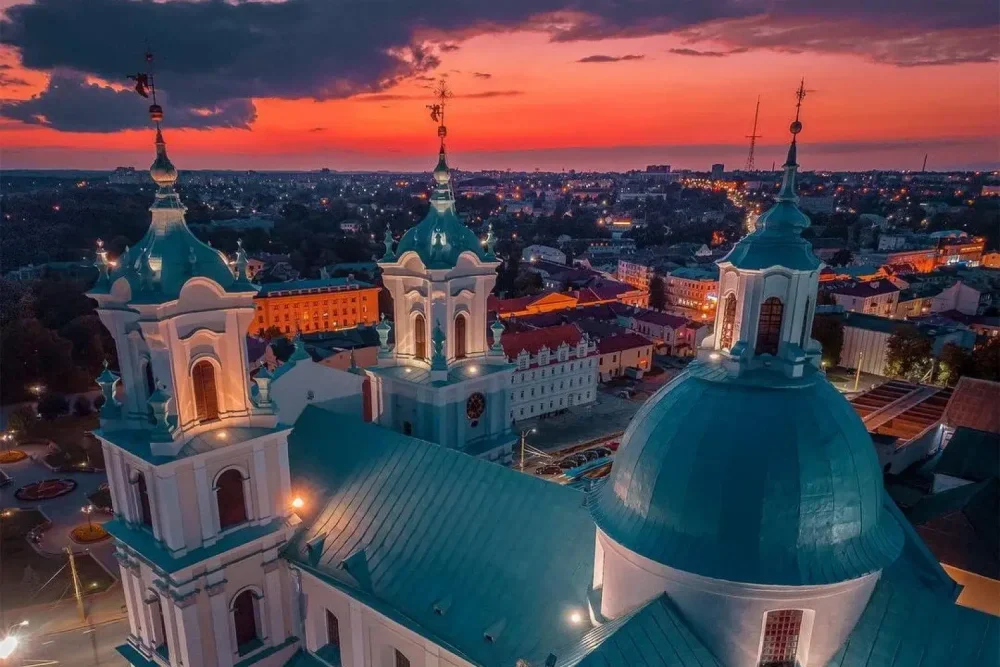Belarus is a country with amazing nature that has preserved its pristine beauty for centuries. Here you can find dense forests, cleanest lakes, swamps with rare bird species and the very wild corners where human footsteps are rare. National parks and reserves of Belarus are an integral ecosystem where unique representatives of nature and landscapes are preserved.
Nowadays, national parks of Belarus are very popular among ordinary tourists, travellers and ecotourism enthusiasts. This is a unique opportunity to admire mighty forests, marshy plains and crystal clear lakes, plunging into the world of wild nature
Where wildlife is hiding in Belarus
Belarus can rightfully be called a country of protected regions. The largest nature protection areas are located here, which include not only national parks, but also unique nature reserves, botanical and landscape reserves. The main purpose of such places is to preserve natural ecosystems, rare representatives of animal and plant life.
An example is Belovezhskaya Pushcha – the oldest forest in Europe, famous for centuries-old oaks and bison. It has become not only a home for rare animals, but also a historical natural treasure preserved since ancient times.
National parks and reserves of Belarus are characterised by huge biodiversity – in these places you can meet brown bear, European lynx, black stork and many other rare species of animals.
The four best national parks in Belarus
 Let’s meet the most famous ones.
Let’s meet the most famous ones.
1. Belovezhskaya Pushcha
A popular national park not only in Belarus, but also in the whole of Europe. This ancient forest area was formed thousands of years ago and has preserved its pristine nature. It is home to majestic bison, the symbol of the country, as well as many rare fauna representatives.
What to watch:
- century-old oaks that are over 500 years old;
- bison farm, where you can see the powerful animals up close;
- ecological trails through dense forests.
2. Braslav lakes
The national park is known for its crystal clear water bodies, diversity of flora and fauna. There are more than 300 lakes connected by picturesque canals.
What to watch:
- landscape trails with spectacular lake panoramas;
- The underwater world, creating ideal conditions for diving;
- Fishing and exciting water walks for outdoor adventure enthusiasts.
3. Pripyat National Park
This park is called “Belarusian Amazonia” due to the many bogs and flood meadows. It is home to rare fauna, including unique species of birds and animals.
4. Narochany National Park
Stretching around Narochi, the largest lake in Belarus, the park attracts many travellers. It is not only a place to contemplate the natural beauty, but also an area where important work is being done to preserve rare species of plants and animals, as well as to promote environmental education
Reserves of Belarus: places where nature transcends time
Belarus’ zapovedniks are specially protected areas. The main goal is to preserve ecosystems, prevent the extinction of rare animal and plant species, and maintain biodiversity. Any human interference here is minimal, and the tourist flow is strictly controlled.
Berezinskiy Biosphere Reserve
One of the largest and oldest nature reserves in Belarus, the Berezinskiy Biosphere Reserve, was founded back in 1925. It is part of the international network of UNESCO biosphere reserves and is a real “pearl” of untouched nature.
This reserve is home to representatives of the so-called “Big European Five”: bison, bear, lynx, wolf and elk.
There are also rare species of birds: black stork, osprey and owl. The landscape of the reserve is represented by dense forests, swamps and river floodplains. Comfortable living conditions for wild animals have been created.
An important role in the reserve is played by the scientific station, which is engaged in the study of local flora and fauna. Here research on reproduction of populations of rare species is carried out, changes in ecosystems are analysed and ecological programmes for nature conservation are developed.
National parks and reserves of Belarus fulfil the main function in maintaining the ecological balance. They allow us to see untouched nature and understand its significance. Such areas are valuable for scientists and for all those who care about the preservation of natural heritage.
Holidays in Belarus: how to get into the world of wildlife
Ecotourism in Belarus is developing rapidly. More and more people choose to spend their leisure time outdoors, favouring picturesque corners of the country rather than noisy metropolises.
How to get to the national parks and reserves of Belarus:
- choose a route: hiking trails, cycling routes, water walks;
- book a place for an overnight stay – tent camping or a cosy eco-estate;
- gather the necessary equipment: comfortable clothes, repellents, route map.
These simple steps will help you immerse yourself in nature and have an exciting time.
Keep in mind that national parks and protected areas in Belarus need care: do not pollute the territory, stick to the marked trails and do not disturb the local fauna.
Conclusion
 National parks and reserves of Belarus are living heritage that requires protection and respect. They allow you to see real nature, get acquainted with unusual and little-known species of flora and fauna, and experience an incomparable ecotourism experience. Travelling through such places leaves unforgettable impressions.
National parks and reserves of Belarus are living heritage that requires protection and respect. They allow you to see real nature, get acquainted with unusual and little-known species of flora and fauna, and experience an incomparable ecotourism experience. Travelling through such places leaves unforgettable impressions.
 en
en  ar
ar  de
de  es
es  fr
fr  nl
nl  ru
ru  hi
hi  it
it  pt
pt  el
el 



